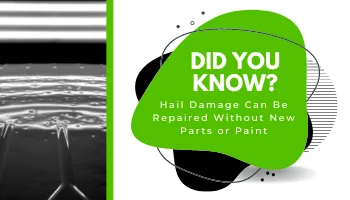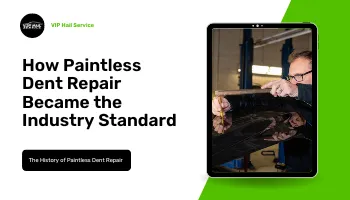A Guide for Custom Home Building
The Benefits of Prefabricated Components in Speeding Up Construction Timelines
When building a home, office, or any structure, time is always a big factor. The longer a project takes, the more expensive it becomes. Delays can happen due to weather, labor shortages, or material availability. One way to avoid these issues and speed up the process is by using prefabricated components.
Prefabricated components are parts of a building that are made in a factory and then brought to the construction site for assembly. These can include walls, floors, roofs, and even entire sections of a building. Using prefabricated materials can help get projects done faster, with better quality, and at a lower cost.
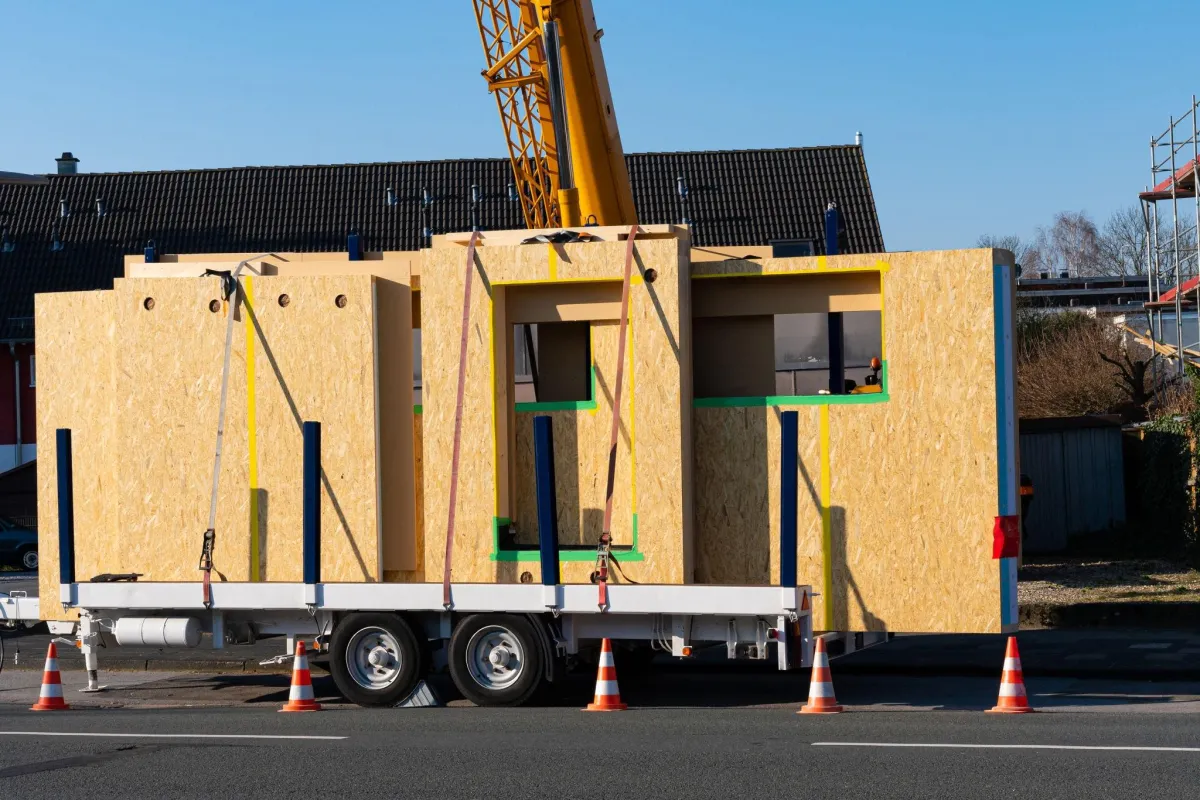
How Prefabrication Speeds Up Construction
Less Time Spent on Site
When a construction crew has to build everything on-site from scratch, it takes a lot of time. Materials must be delivered, workers need to cut and assemble pieces, and weather can slow things down.
With prefabricated components, much of this work is already done before the materials even arrive. Walls, floors, and roof sections can be built in a factory under controlled conditions. When they arrive on-site, they can be installed quickly like giant puzzle pieces. This reduces build time by weeks or even months, especially for large projects like commercial buildings or multi-family housing.
Fewer Weather Delays
One of the biggest problems in traditional construction is bad weather. Rain, snow, or extreme temperatures can slow down work or stop it completely. Since prefabricated components are built indoors, they aren’t affected by weather conditions.
Once delivered, these components are installed much faster, reducing the number of days workers are exposed to bad weather. This helps keep the project on schedule.
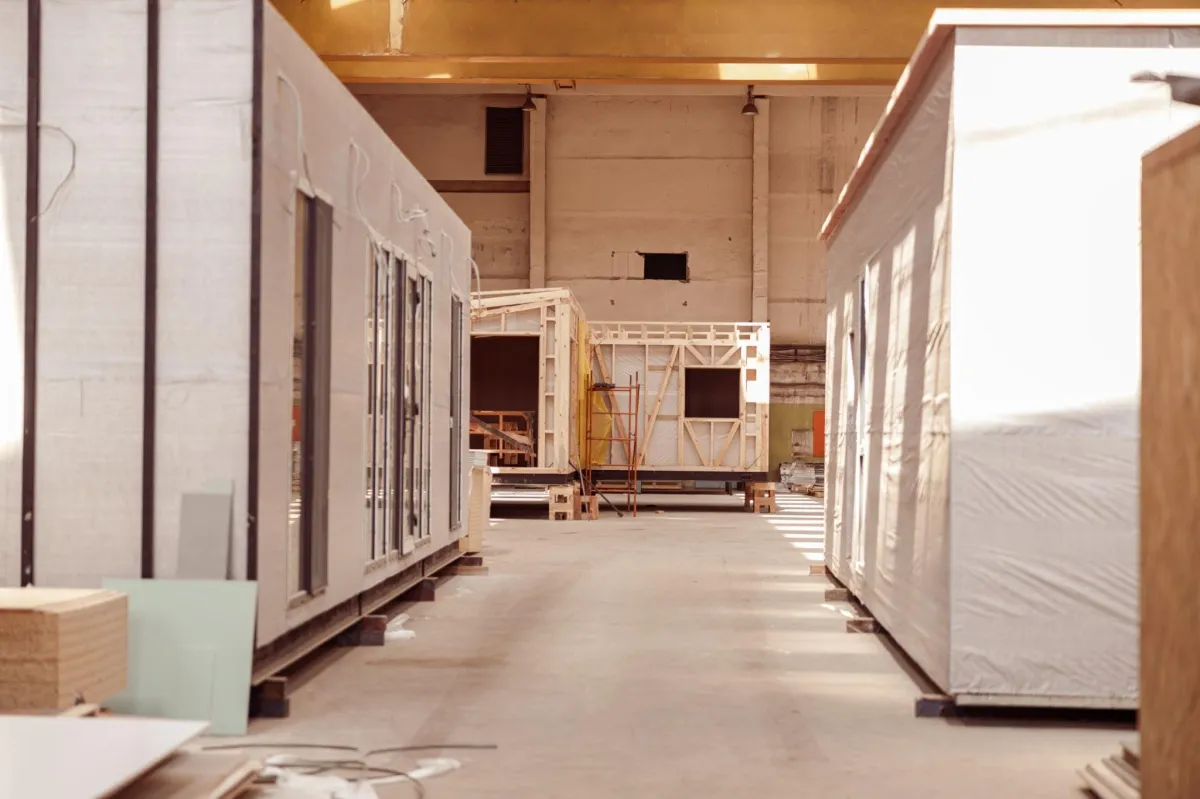
Easier Scheduling
Traditional construction projects rely on multiple teams working together at different times. If one step gets delayed—like waiting for concrete to dry—it can push everything back.
With prefabrication, many parts of the project happen at the same time. While the foundation is being poured on-site, walls and roof panels are being built in a factory. By the time the foundation is ready, the prefabricated sections can be installed immediately, saving weeks or even months.
Other Benefits of Prefabrication
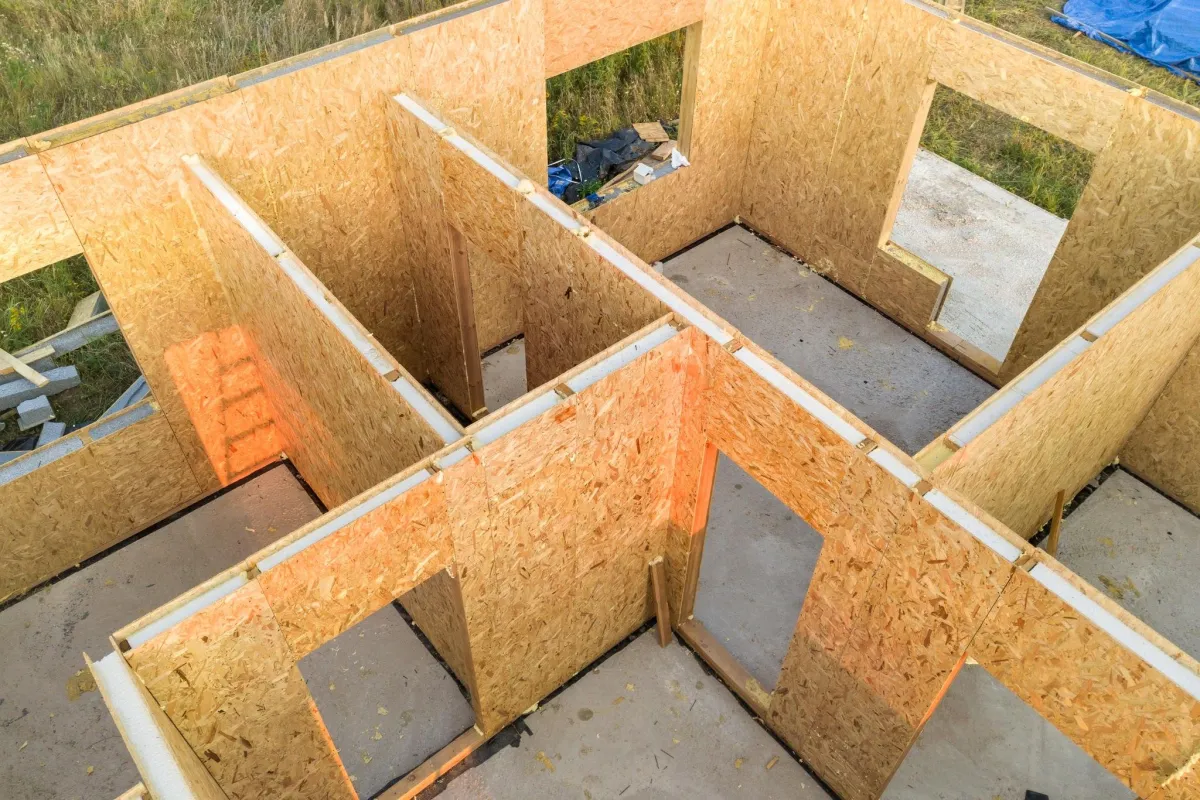
Better Quality Control
In traditional construction, weather conditions, rushed timelines, and worker fatigue can lead to mistakes. Prefabricated components are built in controlled environments with strict quality checks.
This means:
-Fewer mistakes and defects
-Stronger, more precise building materials
-Less need for repairs or rework
Since factory workers are specialized in making these components, they produce more consistent materials than what is often built on-site.
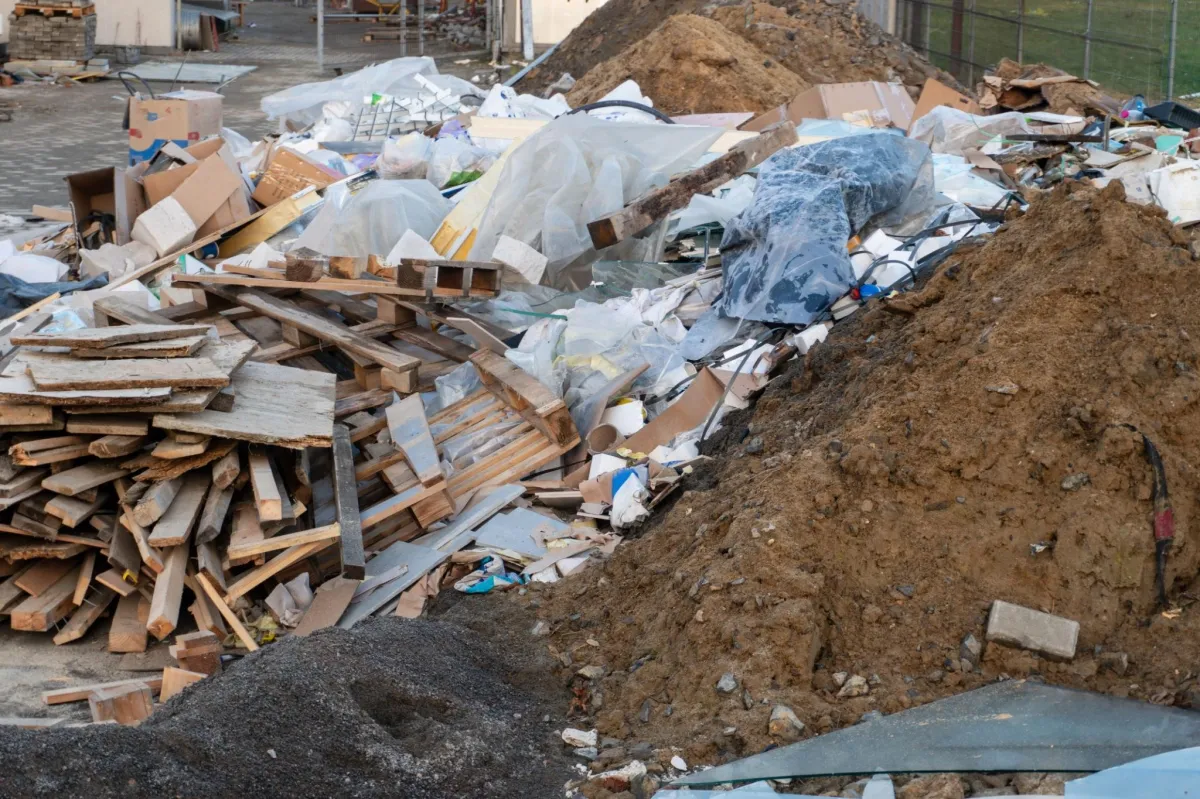
Less Waste
Construction sites create a lot of waste, from leftover wood and metal to excess concrete and packaging. Prefabrication reduces waste because:
• Materials are cut to size in the factory, reducing scraps.
• Any leftover material is reused in the factory instead of being thrown away.
• Fewer ordering mistakes happen since everything is pre-measured.
Less waste not only helps the environment but also reduces disposal costs.
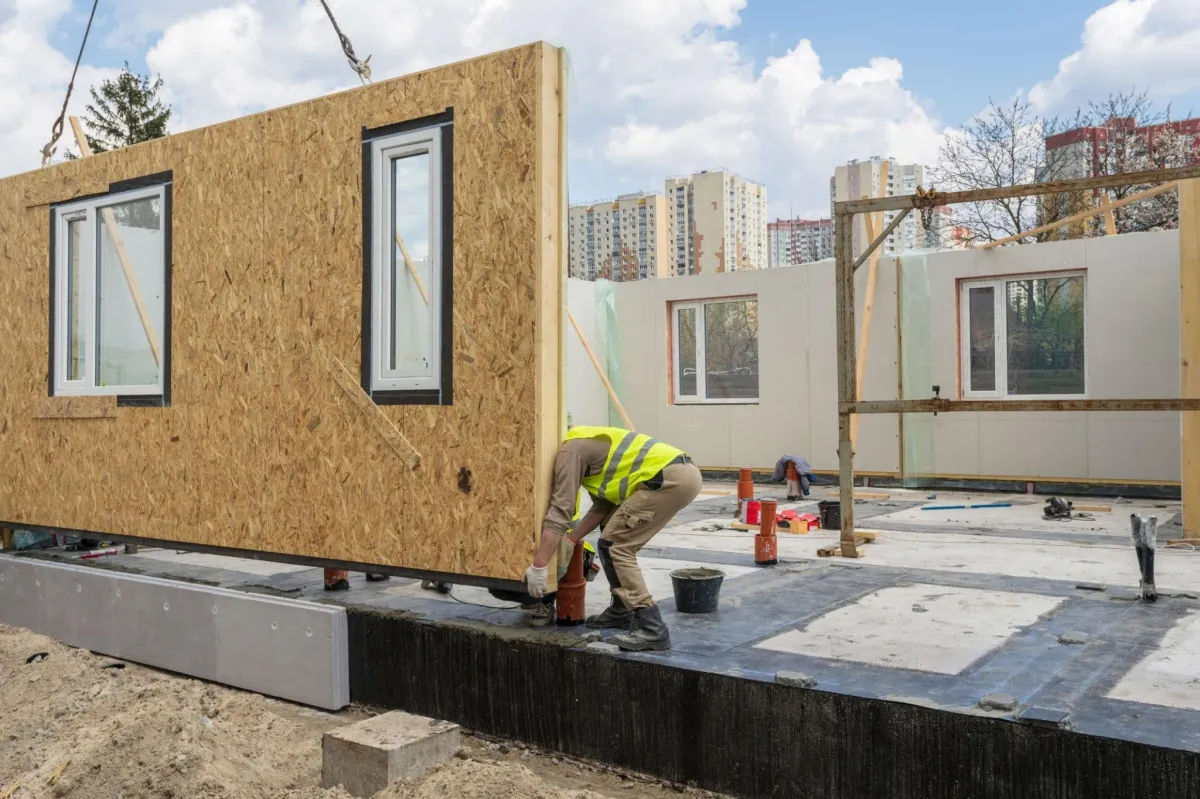
Lower Labor Costs
Labor shortages in the construction industry can cause delays and increase costs. Prefabrication helps by reducing the amount of work that needs to be done on-site.
With fewer workers needed for assembly, labor costs go down. Instead of a large team of specialized workers, a smaller crew can put together prefabricated parts efficiently.
When to Use Prefabricated Components
Prefabrication isn’t the right solution for every project, but it works well for many types of buildings, including:
Homes – Prefabricated walls and roof panels can speed up home construction.
Apartments – Multi-family housing benefits from repeating floor plans that can be prefabricated.
Offices & Commercial Buildings – Prefabricated materials help reduce downtime and business disruptions.
Schools & Hospitals – These projects need to be built quickly and with high-quality materials.
Even in projects that still require custom work, some prefabricated components—like roof trusses, wall panels, or floor systems—can cut down build time significantly.
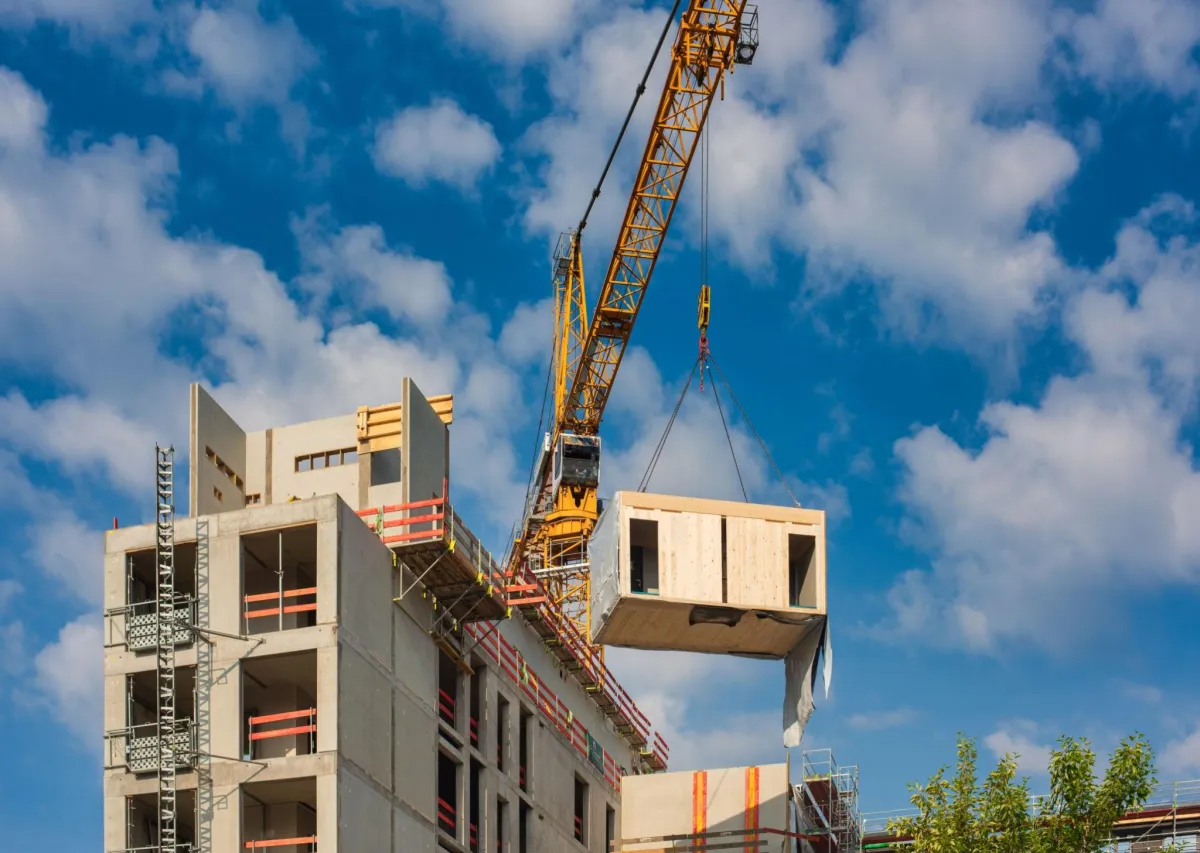
FAQs
1. Does prefabrication make buildings weaker?
No, prefabricated components are built under strict conditions and are often stronger than materials made on-site. They must meet the same safety and durability standards as traditional construction.
2. Can prefabricated components be customized?
Yes! While prefabrication involves pre-made parts, they can still be custom-designed to fit the needs of a project. Many companies offer custom sizes, finishes, and layouts to match the design you want.
3. Are prefabricated materials more expensive?
Not necessarily. While some upfront costs might be higher, the time and labor savings usually make up for it. In most cases, prefabrication reduces overall costs due to faster build times and fewer delays.
4. Is prefabrication only for large projects?
No, prefabrication is used for both small and large projects. Even single-family homes can benefit from prefabricated components like roof trusses, wall panels, and modular bathrooms.
Conclusion
Prefabricated components offer a faster, more efficient way to build. They reduce on-site labor, cut down on waste, and provide higher-quality materials that are built under controlled conditions.
If you’re planning a construction project—whether it’s a home, office, or large-scale development—consider using prefabricated materials to save time and money while improving overall quality.
By taking advantage of modern prefabrication techniques, builders can complete projects faster and with fewer delays, ensuring a smooth and successful build.
More Articles From TAS Design



Contact Us
Service Hours
Mon- Fri 8 am - 5 pm
Sat, Sun- Closed except by appointment



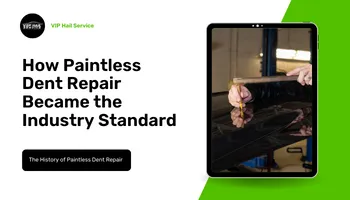

Contact Us
1 540-302-2593
2507 Bluff Road
Roanoke VA 24014
Service Hours
Mon- Fri 8 am - 5 pm
Sat, Sun- Closed except by appointment
Connect

